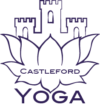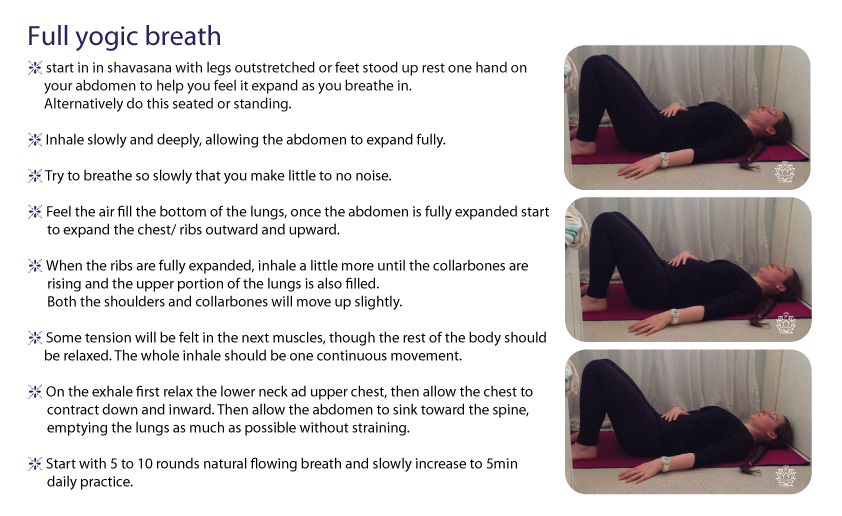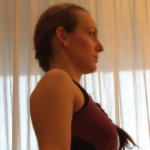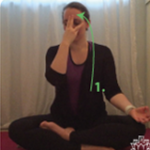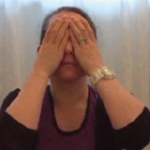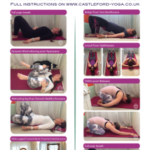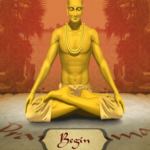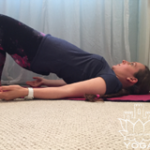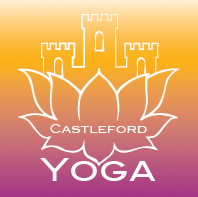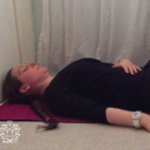
Did you know that breathing and breath exercises are powerful stress busters?
I hope you are enjoying this cosy time of year. It may seem strange to focus on breathing exercises during a time of year where many end up with stuffy noses or coughs.
In fact I just had a chest infection myself and though breathing was tough and sometimes painful I focused on breathing as deeply as possible ensuring my body would not feel more stressed than it needs to when already dealing with an infection. From my experience an respiratory illness can leave you with compromised breathing capacity for way longer than you are actually feeling ill.
In yoga we practice pranayama/ breathing exercises that help us cleanse the lungs, improve gaseous exchange and soothe the nervous system.
A beginner will start by just lengthen the in and exhale to a count of 4 for example. Then as that becomes easy you will focus on lengthening to 5, 6, 7 or 8.
Other nice breathing patterns are ratios, such as 1:2, inhaling for 2 counts and exhaling for 4 counts.
Slow diaphragmatic breathing has been shown to have considerable health benefits such as improving clarity of thought, managing stress, depression and even lowering blood pressure.
What is Pranayama?
Pranayama means “breath control”.
Prana = life force or vital energy
yama = to suspend or restrain
In the yogic teachings pranayama is much more than just a breathing exercises that help increase the uptake of oxygen, it is about the flow of Prana or life-force through the Nadis or energy channels of the energy body (pranamaya kosha).
When considering that part of the word Pranayama; ayama means “expansion”, the description of what pranayama is more closely related to “extension or expansion of the dimension of prana”
Pranayama techniques provide methods whereby the life force can be activated and regulated to help us attain a higher state of vibrational energy and awareness.
It’s about going beyond ones normal boundaries or limitations.
Our lifestyle has a profound effect on pranic flow in the body. Feeling drained of energy may be one symptom of living a lifestyle that does not promote ones health and wellbeing. Pranayama techniques can be used to reverse the destructive process balancing and energising the whole pranic body.
Breathing through the nose or mouth?
Generally it is preferable to breathe through the nose to help filter and moisten the air before it enters the lungs.
Breathing through the nose lets the body know that it is safe and it is ok to relax.
When we breath through the mouth the body it triggers the fight or flight response of the nervous system, the body thinks you are running away from a lion. When we are physically exerting ourselves we often end up breathing through the mouth to cover the oxygen demand of the body.
There are exceptions where we breathe through the mouth for pranayama but those will be highlighted where relevant.
If you have a stuffy nose and still want to focus on deep breathing gently purse your lips and breathe through a slight slit, this will help the body get similar benefits as you would get from breathing through the nose.
Most of us breath fast and shallow and with that depriving the body of oxygen and prana which are essential to good health.
Although breathing is mostly an unconscious automated process, we can take control of it at any point. This allows us to form a bridge between the conscious and the unconscious areas of the mind. Trapped energy in neurotic, unconscious mental patterns may be released and subsequently used in more creative joyful ways.
Incorporating diaphragmatic breathing helps you increase the amount of air entering your lungs, which allows more oxygen to be available to be taken up by the blood stream. Breathing shallow high in the chest like most of us do in every day life allows around 350ml of air to enter the lungs, where as using diaphragmatic breath can allow up to 4500ml to enter. Regular deep breathing practice can train your lungs to work more efficiently even when you are not sitting down for pranayama exercises.
You’ll feel that you are generally more relaxed, that it take more for you to get stressed and feelings of unexplained anxiety may disappear too. Further you might find that any lung problems may they be residual from a cold or asthma improve significantly. Sometimes it even helps with snoring as training tones the muscles involved in the breathing process.
Pranayama practice, sitting or lying down?
In the yogic teachings sitting is preferred though you can practice breathing in any position.
If you suffer with back ache and your job involves sitting a lot to practice the full yogic breath laying down to allow for total focus on the breath and promoting relaxation throughout the body. May of us find it hard to sit upright for any length of time which means we may get distracted by burning muscles in the back and shoulders whilst practicing.
Make sure you are completely comfortable when practicing.
How long should you practice for?
I know all of us have a busy life and fitting any new habits into an already apparently full schedule can seem impossible, so I recommend to practice for 5min each day on a regular basis to get the long term benefits. Don’t worry if you miss your pranayama practice one day, you can just pic it back up the next day and still make progress.
If you suffer with restless mind at night causing insomnia you might like to try to incorporate your deep breathing practice into your pre-bed routine. Focusing on the breath and staying present with it is difficult but during the practice as you bring yourself back to what you are doing you will not have time to think about all the things that keep you from falling asleep.
Benefits of this exercise:
- relaxes the mind, reducing stress
- reduces high blood pressure
- can improves asthma
- helps with lung problems
- increases lung capacity
- can improve snoring
- can significantly reduce anxiety
- can release muscular tension around the heart and digestive organs
- may help with insomnia
- improves detoxification through better exchange of carbon dioxide and oxygen
Contradictions:
Pranayama should not be practiced during illness, although simple techniques such a breath awareness and abdominal breathing in Shavasana / Corpse pose can be beneficial. Carefully check contraindications for each pranayama exercise before practicing.
My challenge for you until I see you next week is to practice the full yogic breath before you go to bed every night just for a couple of minutes.
– instructions below in the image and a link to a video showing how the full breath looks.
I hope you find this little exercise helpful, why don’t you drop me a line in a few days with an update on how it’s going for you?
If you have any question, I always love hearing from you.
Namaste
Marie
